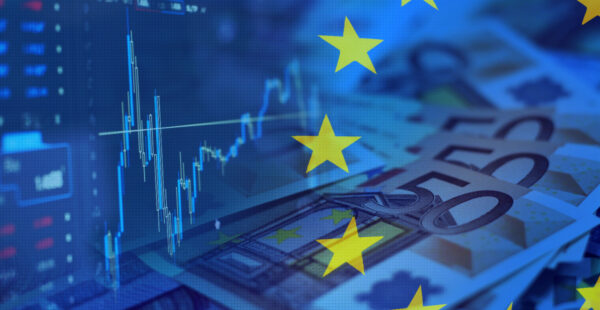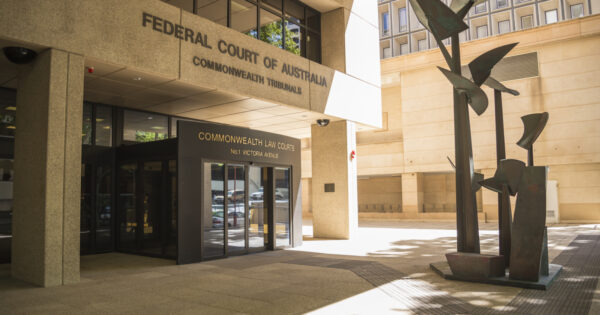Trade truce or not, tariff pain will hit US in months

While an anticipated easing in trade tensions between the US and China has buoyed market sentiment, the full inflationary impact of the existing tariff regime is yet to be felt in the US economy, and will likely only emerge in the late second quarter (Q2) of this year, a leading strategist warns.
The US’s April CPI report, released yesterday, threw up a surprise annual headline inflation figure of 2.3% – the lowest year-over-year gain since February 2021.
Core inflation, which strips out food and energy prices, was also relatively muted, with the annual rate unchanged at 2.8%.
According to Seema Shah, chief global strategist at Principal Asset Management, the softer-than-expected inflation report suggests that the existing tariff regime has yet to feed through to inflation.
“Not only is the April CPI report unlikely to have fully captured the tariff impact post-Liberation Day, but inflation numbers will now be further whipsawed by the US-China temporary trade truce announcement,” she says.
She notes that, despite the temporary reprieve between the two biggest trading partners (with an agreement by the US to cut 115-percentage points in reciprocal tariffs with China for 90 days, as well as the promise from Trump of a “trade reset”), tariffs today are still markedly higher than at the start of the year, with significant levies in place for most US trading partners.
This includes a remaining 30% levy for goods imported from China (alongside a 54% tax on small packages from the country).
As a result, Shah says, the “inflationary impulse” is yet to hit the US economy, and will likely only emerge at the latter end of Q2 this year.
She acknowledges that the inflationary impact “may be partially and quickly eroded” should container traffic between the countries promptly resume as a result of the temporary trade thaw.
However, a “clear read on the inflation trend won’t be visible for several months yet”, she warns.
Resultingly, the US’s policy rate setter, the Federal Reserve, may be forced to prolong its rate pause for some time.
The Fed maintained its policy rate at 4.25%-4.50% in its May meeting, its third consecutive rate hold (since December 2024).











Not sure what they're seeking regulatory relief from. In my view is they get tickled with a warm lettuce leaf…
Will they ever be named & shamed, fined and banned for life ??? Unlikely hey ASIC & APRA, especially for…
“It was also worth noting that Chalmers last week was largely unmoved about the vociferous campaign about the taxation of…
I see your point but surely at a certain point if too much investor money is held in passive funds…
Without a diverse range of investments there is definitely herding. This has resulted in fund flows into index options and…